You may recall from high school history lessons something about Harper’s Ferry in relation to the Civil War and you would be right! Harper’s Ferry West Virginia has an interesting history and Harper’s Ferry National Historic Park brings that history to life.
The natural resources present at Harper’s Ferry (limestone, iron ore, timber, and water power) made it an ideal location for George Washington’s US Armory, which manufactured muskets, rifles and pistols until the Civil War. The area became a factory town and inspired entrepreneurs like John Hall, who perfected interchangeable parts technology and revolutionized the manufacturing of rifles at Hall’s Rifle Works. Merriweather Lewis spent quite a bit of time here in 1803 preparing for the Lewis and Clark expedition. Not only was he gathering knives, rifles, spare gun parts, and tools from the Armory but he was working with armory gunsmiths to prepare a collapsible boat frame to pass the Great Falls of the Missouri Rivers. By the mid-1800’s Harper’s Ferry and is 3,000 residents were thriving.
On October 16, 1859, abolitionist John Brown put Harper’s Ferry in the history books for a reason other than being an area of skilled craftsman.
Brown and an army of 21 men took the town of Harper’s Ferry by surprise as he seized the US Armory. The first phase of his plan to free slaves throughout the south had begun. Chaos and violence ensued as townspeople and militia attempted cut off Brown’s escape routes. 36 hours later the US Marines captured John Brown and he was tried and convicted of treason, murder, and inciting slave rebellion. He was sentenced to death by hanging and in the news that followed some called him a martyr while others called him a madman. The only thing that was clear was that Brown brought the issue of slavery to the forefront and Civil War was on its heels.
The Civil War, devastating floods in Harper’s Ferry, and more reliable forms of energy became the downfall of this one thriving area.
Today, Harper’s Ferry thrives on tourism. Its historic downtown tells John Brown’s 36-hour tale. On the upper west side of the town is St. Peter’s Roman Catholic Church and just beyond it a path that overlooks the meeting of the Shenandoah Mountains and River with the Potomac River (photo at top of post) that was once described by Thomas Jefferson as a scene “…worth the voyage across the Atlantic”. #nailedit!
We biked from the Harper’s Ferry KOA campground to downtown and after touring it, we took our bikes across the footbridge and along the riverside on the Chesapeake & Ohio Canal Trail, which by the way goes all the way to Washington DC! More of the town’s history including the old locks used by this once thriving metropolis are visible here.
Across the footbridge, there’s a popular hike to Maryland Heights overlooking the Potomac and the town. Rafting the Potomac River here is also very popular and there are several places to rent inner tubes.
Not only did we learn something new about the Lewis and Clark expedition, but a lot about John Brown and this key even that led up to the Civil War. This beautiful location with interesting history is worth a stop.

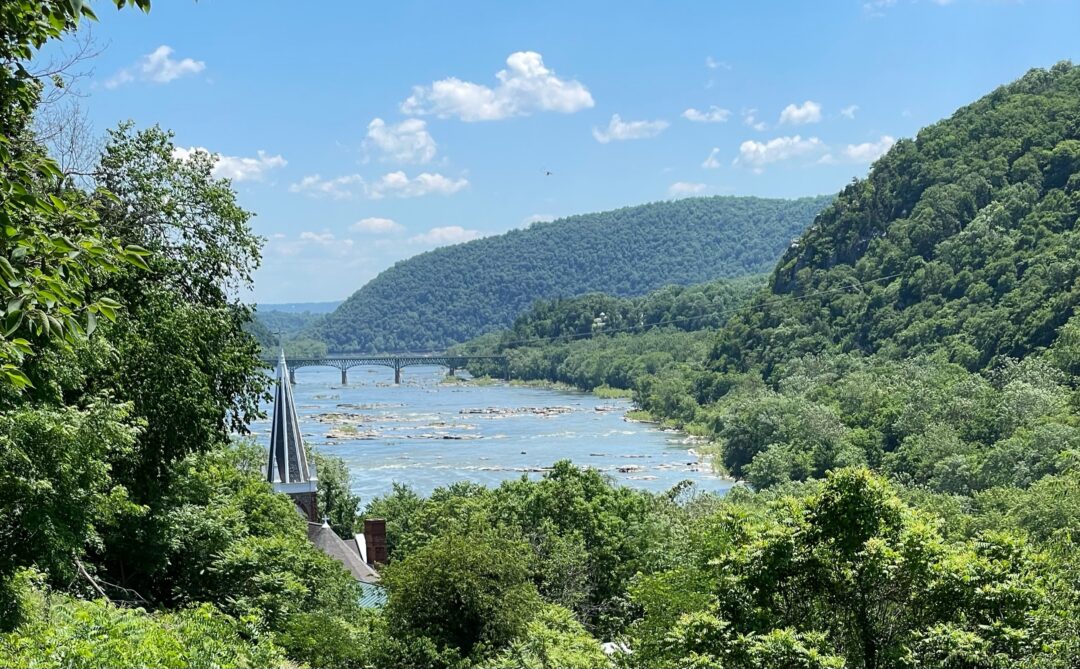
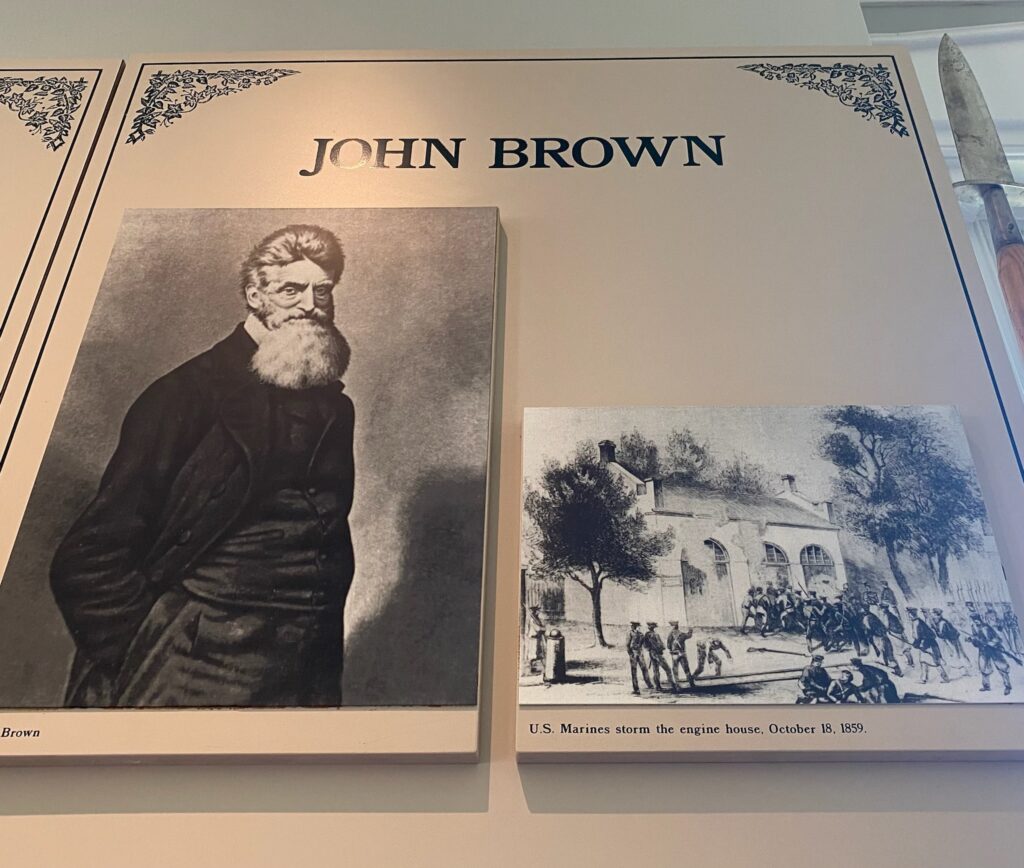
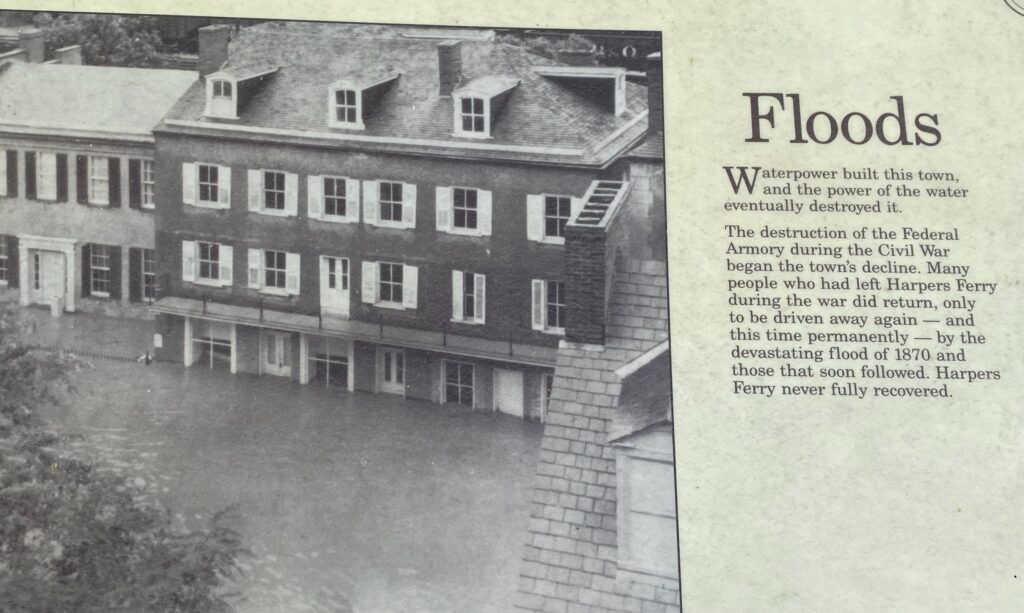
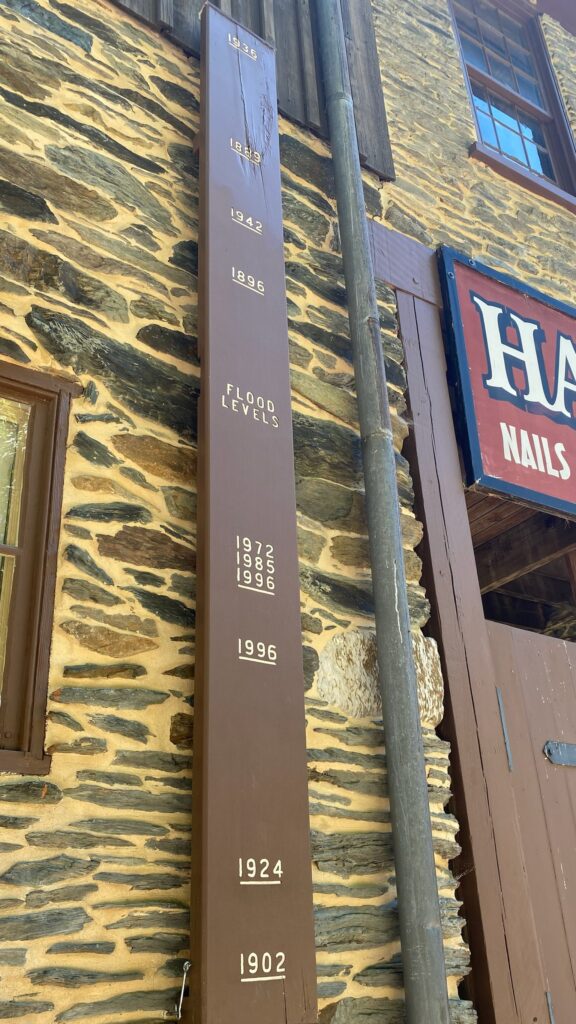
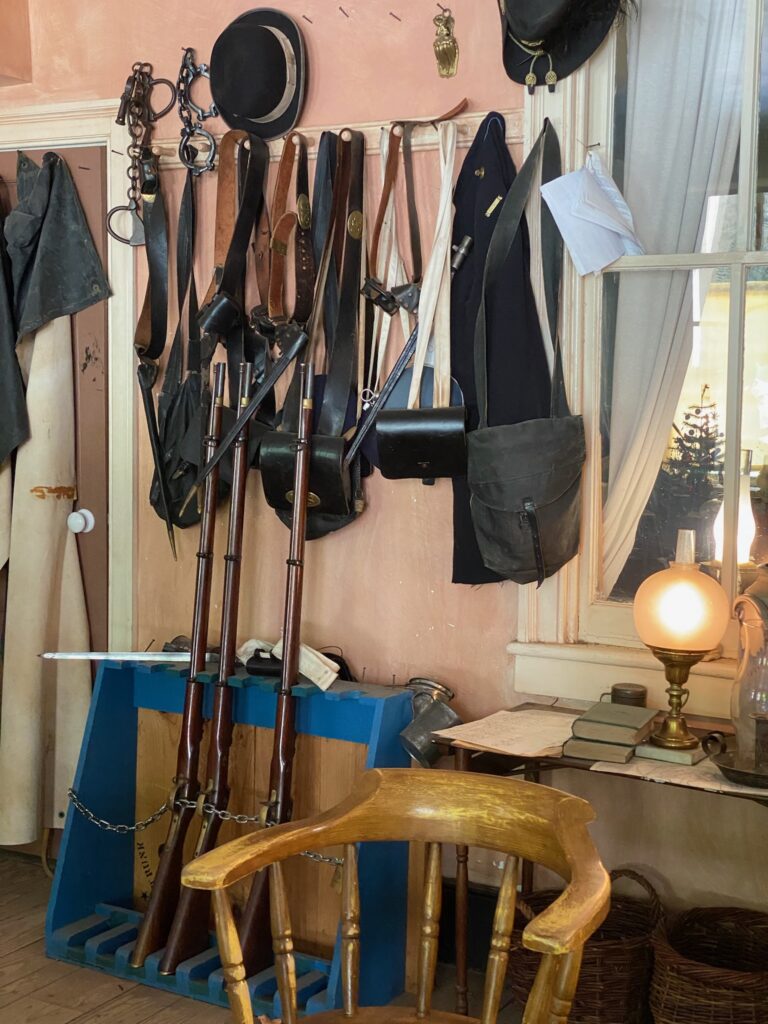
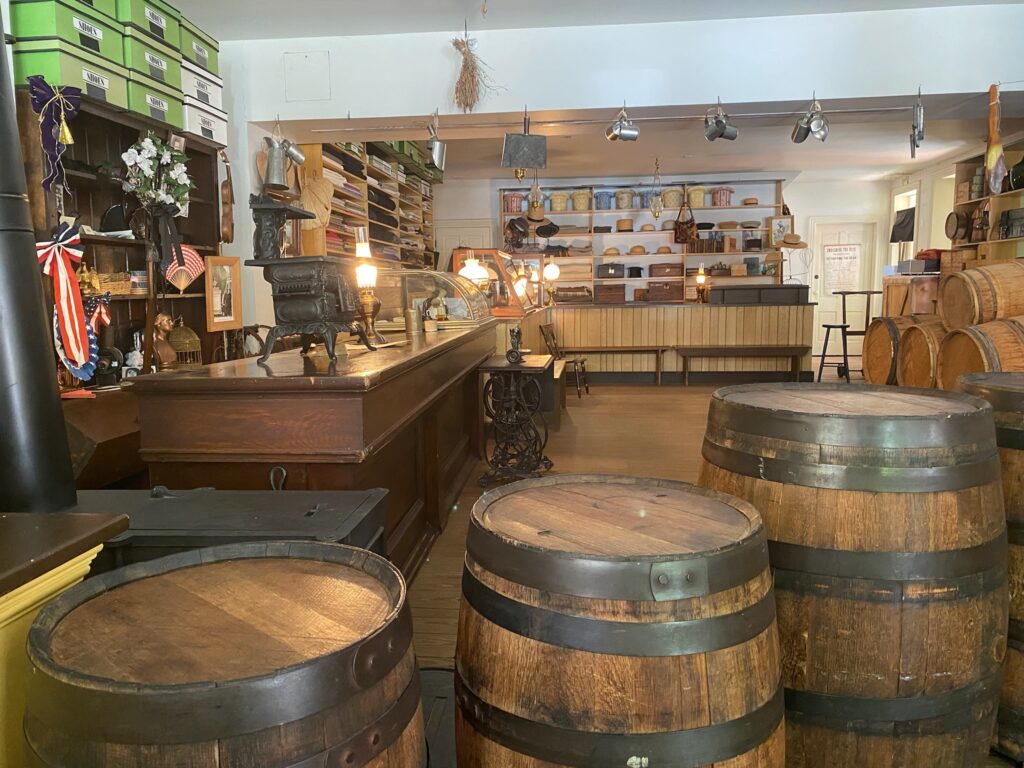
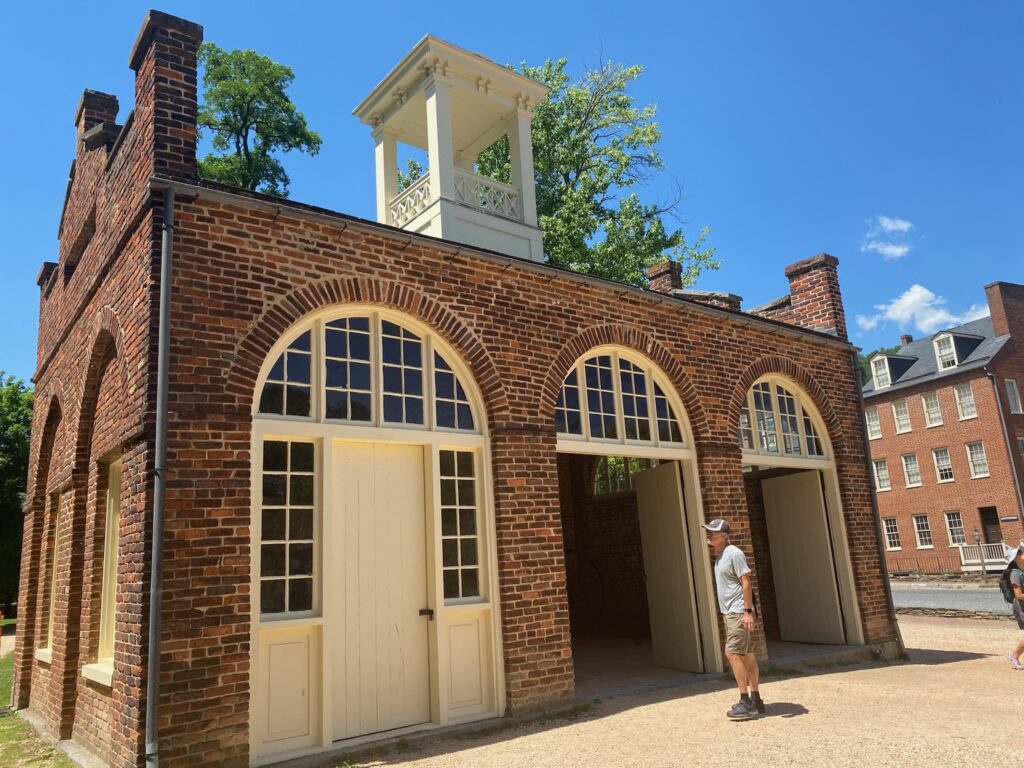
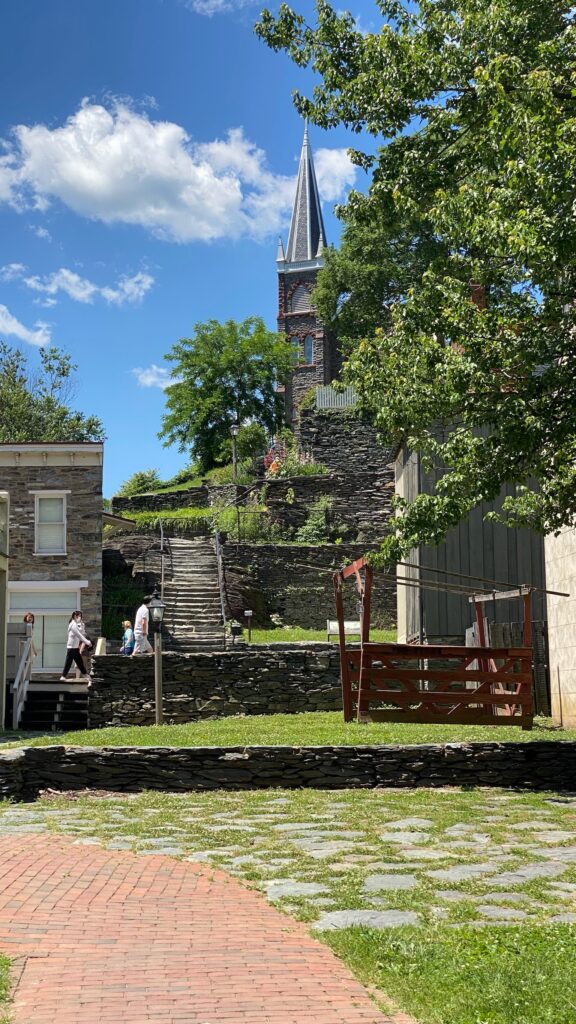
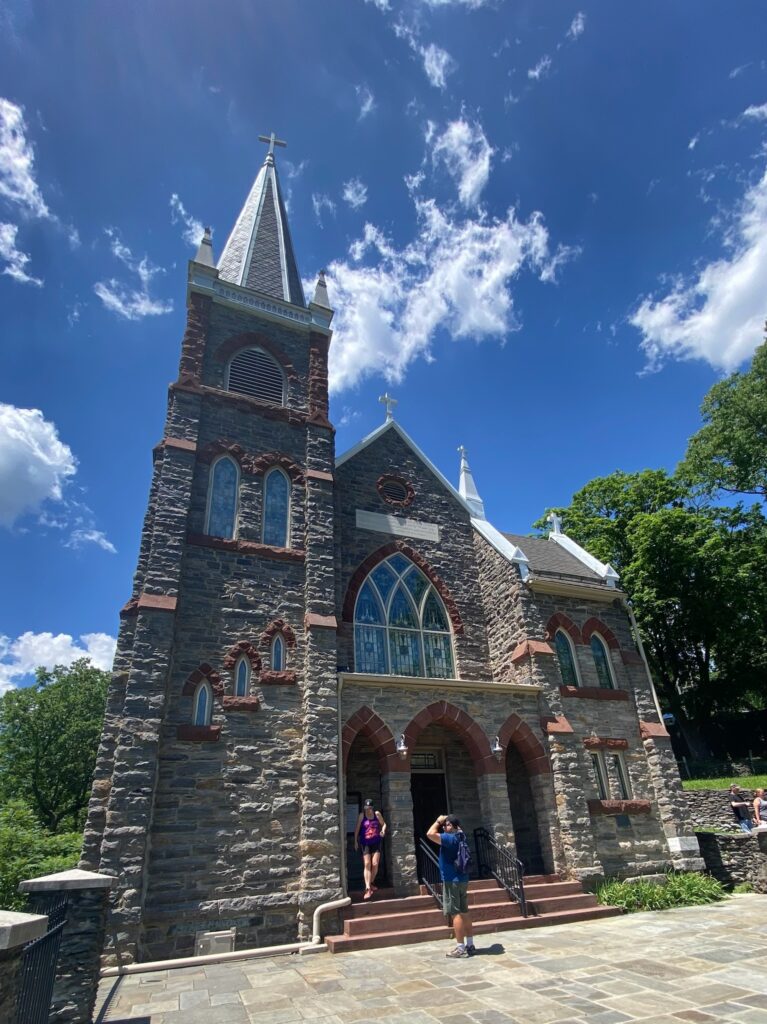
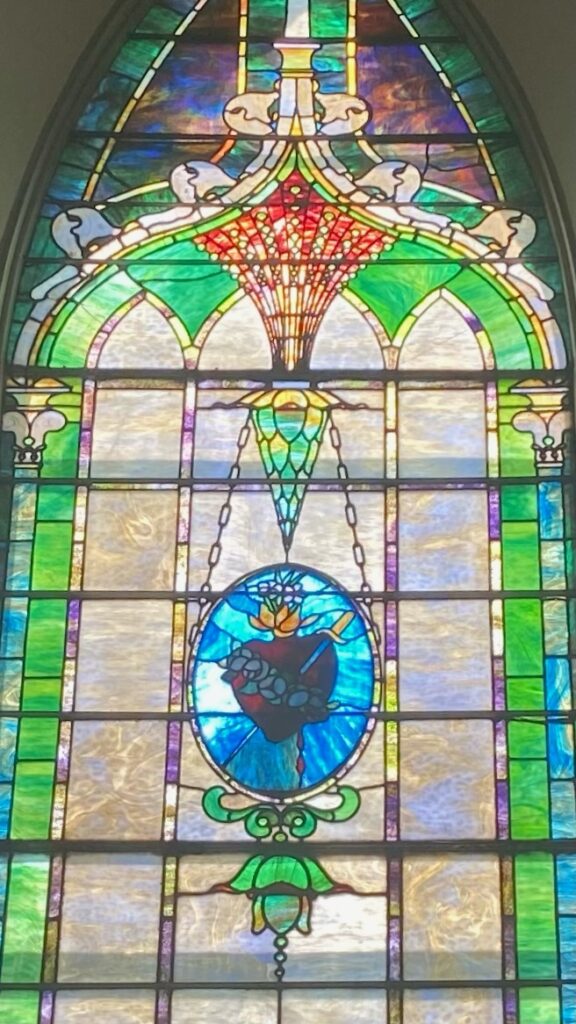
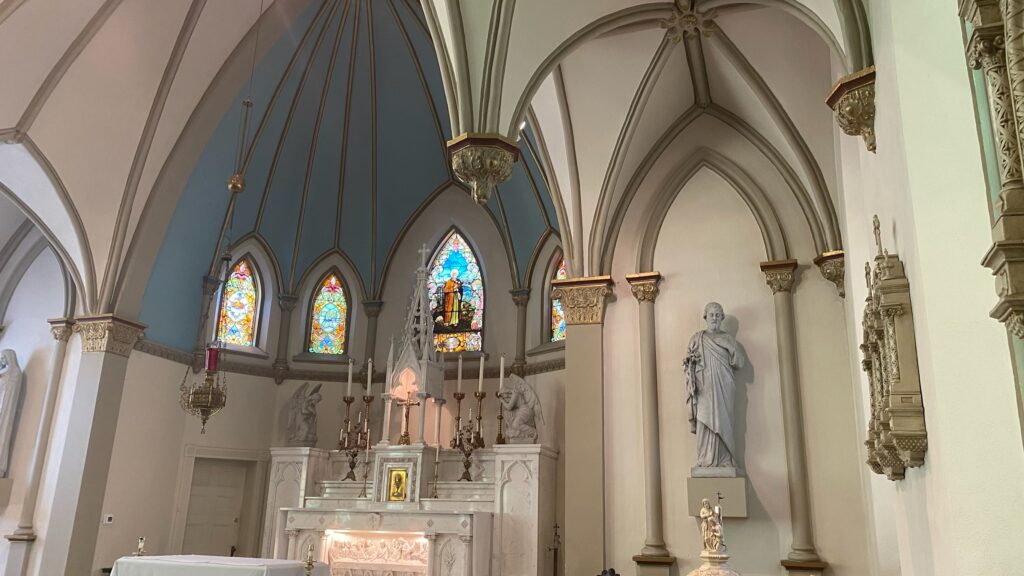
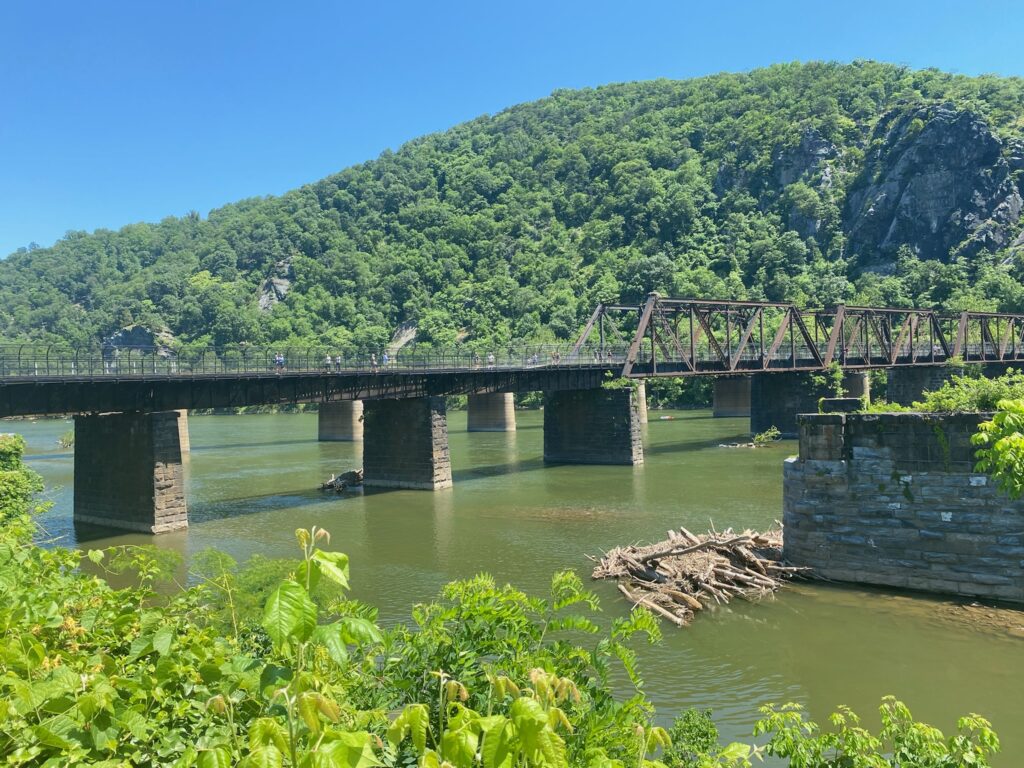
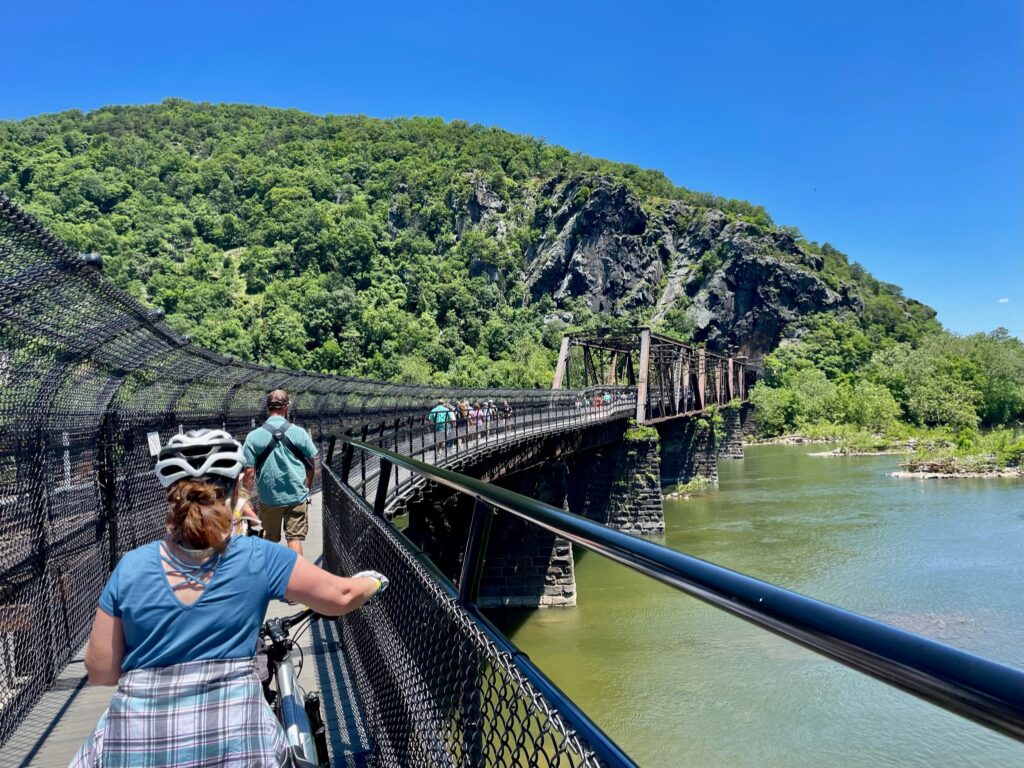
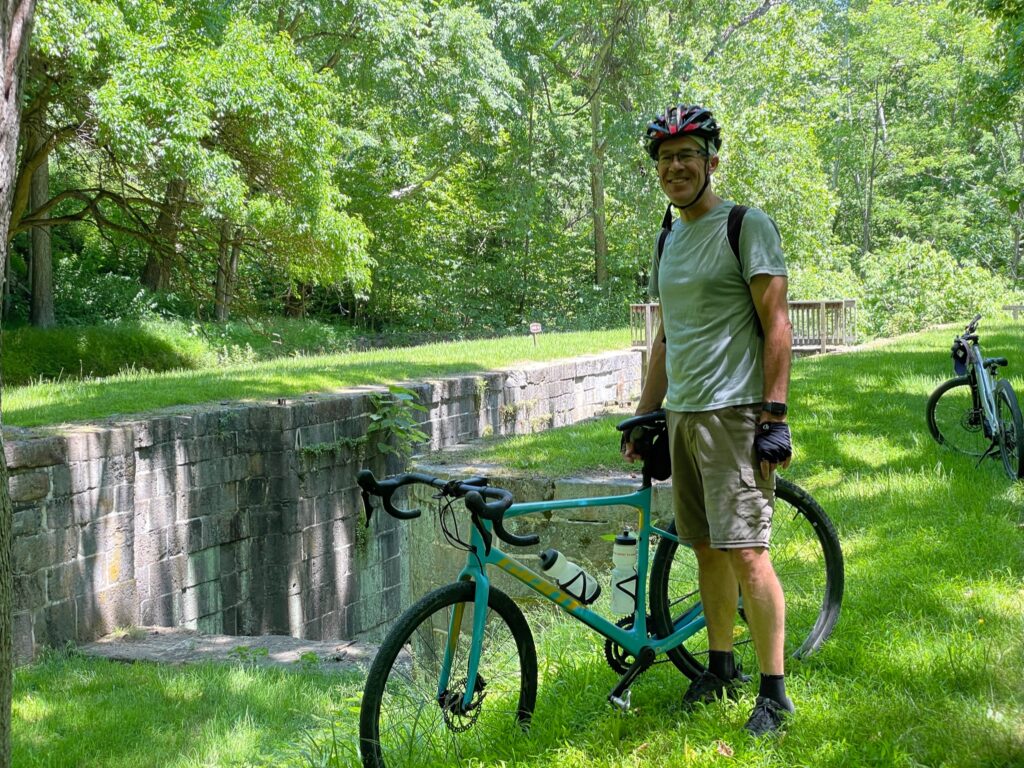
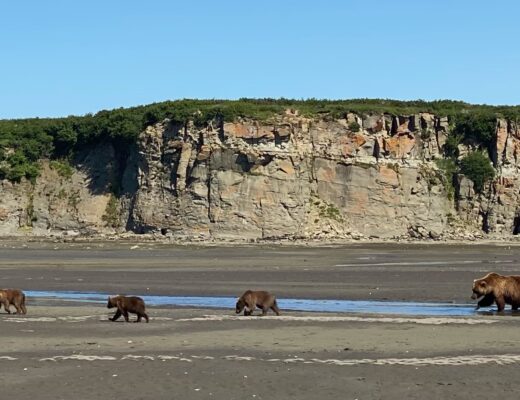
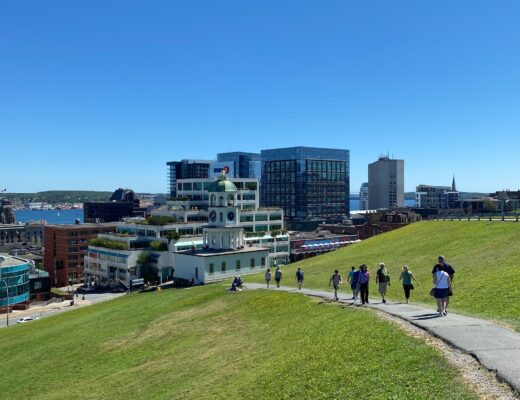
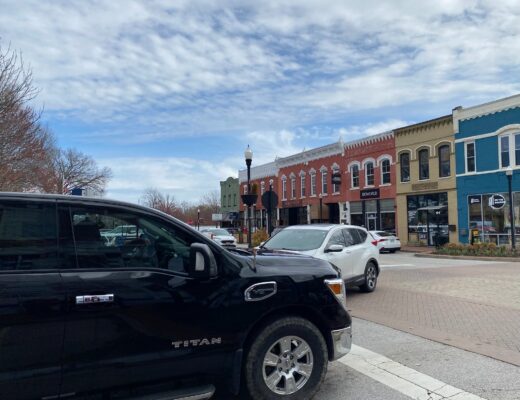








 Did you know that the oldest and largest aviati
Did you know that the oldest and largest aviati








 #camphairdontcar
#camphairdontcar


